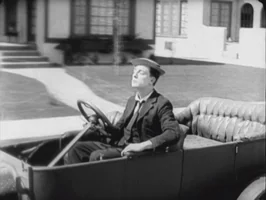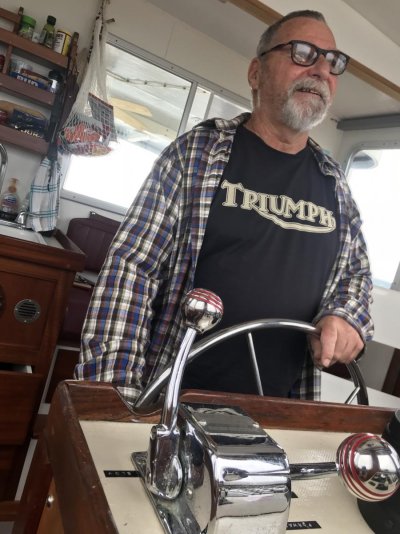1200 hours......more like 12K hours.

Actually 30K gallons of fuel /1.5 gal/hour (pretty typical for a slow cruising natural). That would be 20K hours.
This is how I run my 3208's in my 48 (roughly 44K pounds) at about 8.5 knots.
My boat is a 1980 with I'm guessing 4,500 hours. Do the math!
We really need to stop worrying about hours entirely. Even for a semi displacement at a 13 knot cruise, its just not hours that you are going to worry about.
Worry about the heat exchanger. Worry about the oil cooler. Worry about the impeller and water pump seals occasionally. Worry about the exhaust risers. Worry about the valve lash if you have not done it in years. Worry about the fuel filter. Worry about hoses and belts. Worry about engine mounts and cutless bearings.
These are the things that can sneak up on you in no more than a season or two, cost you big bills, make you question the "supportability of the engine" and none of them start flashing red lights based on the hour meter. Heck, a good quality "rebuild" (new rings, maybe pistons and bearings) might only cost you 12K per engine if everything else is up to snuff (and it should be). That's not even close to the end of the world. Let a heat exchanger go bad or an exhaust manifold and you will be in for the rebuild cost, a pair of heads AND the related HE replacement.
Honestly, hours have almost nothing to do with it. But how many guys out there change the oil regularly, but have not had the exhaust hose off to take a peek at those shower head or pulled the heat exchanger end caps to know exactly what that tube bundle looks like. How many have pulled the water pump off far enough to see if there are any grooves forming in the cover plate or behind the impeller? THESE are the things that will be most correlated to a surprise bill, not hours and I'm pretty lonely in a group discussing the pain of doing these "routine" things.
Actually around here, there is some pretty good company, but even around an active boat club, this put me in more than a few conversations with lots of crickets playing the the background.



